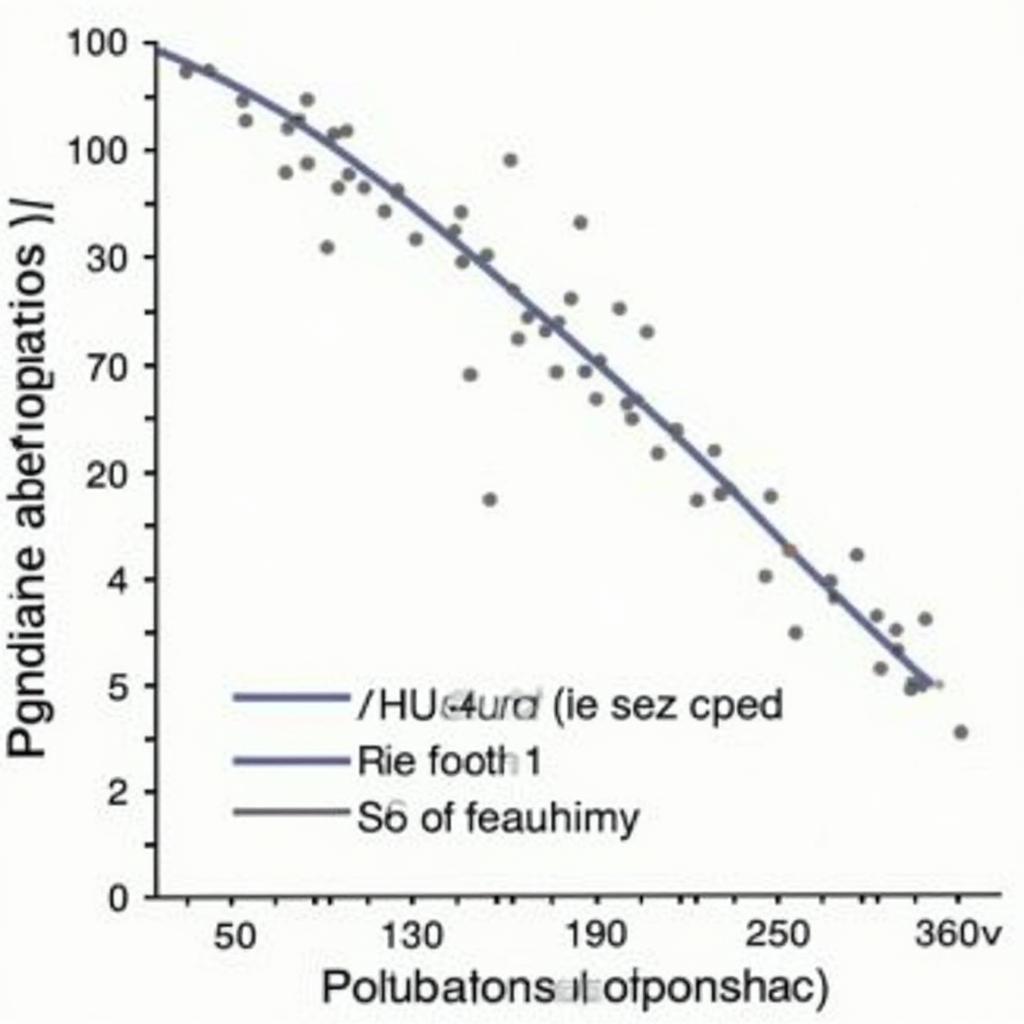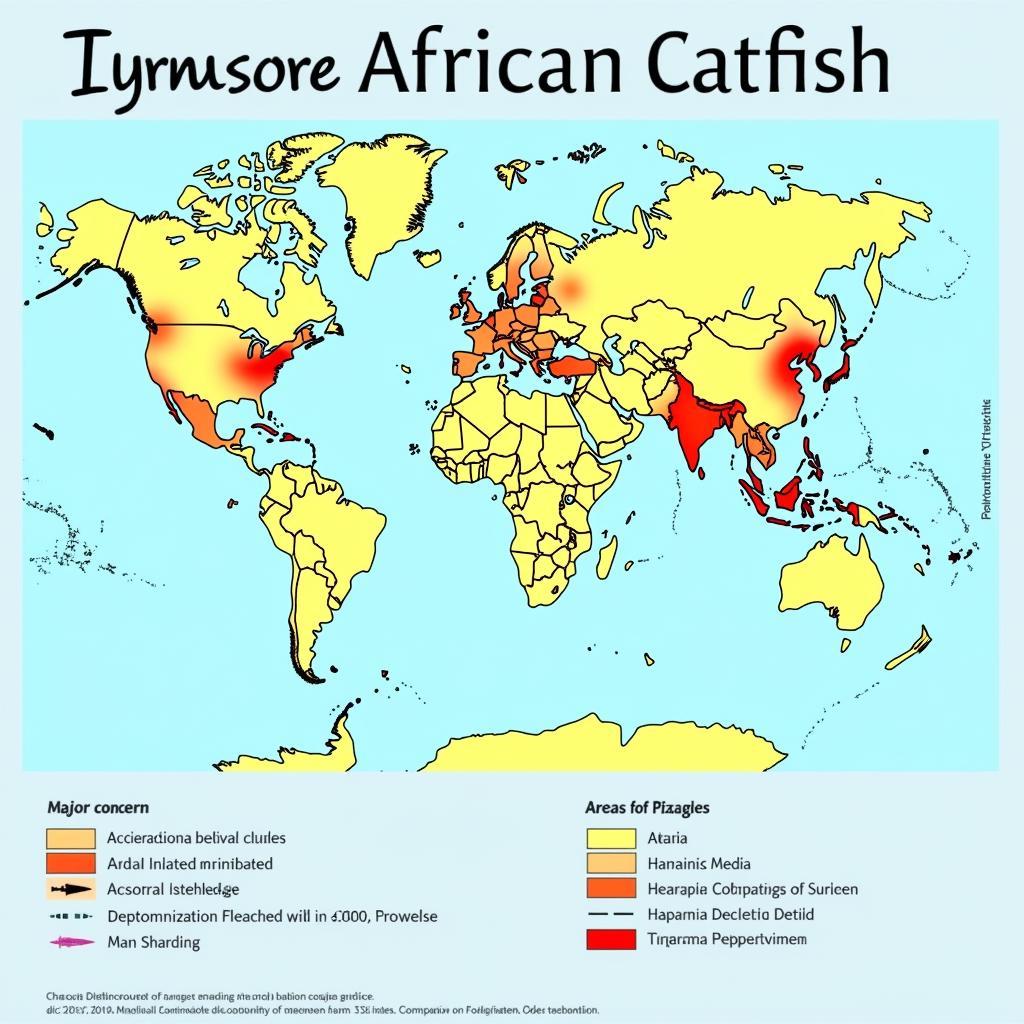The Invasive African Catfish: A Growing Threat
The invasive African catfish is rapidly becoming a global concern. This article explores the impact of these fish on native ecosystems, the reasons behind their spread, and potential solutions to manage this growing problem. We’ll delve into the specific characteristics that make them such successful invaders, and discuss the consequences for biodiversity and local fishing industries.
The African catfish, known for its hardiness and rapid growth, is a popular aquaculture species. However, this very adaptability has also led to its establishment as an invasive species in various parts of the world. Their introduction, often intentional for aquaculture or accidental through escapes, disrupts delicate ecological balances. Once established, they outcompete native species for resources, alter habitats, and can even transmit diseases. Understanding the full scope of this issue is crucial for developing effective management strategies. After its introduction, the African catfish has significantly impacted local ecosystems. Learn more about how African catfish threatening Indian fish.
The African Catfish: A Biological Profile
The African catfish, scientifically classified as Clarias gariepinus, possesses several traits that contribute to its invasive success. Their air-breathing capability allows them to survive in low-oxygen waters and even move across land for short distances, expanding their potential range significantly. They are voracious predators, consuming a wide variety of prey, including other fish, invertebrates, and even small mammals. Their high reproductive rate further exacerbates their impact, as they can quickly establish large populations. Furthermore, their tolerance to a broad range of environmental conditions makes them adaptable to diverse habitats.
The Ecological Impact of Invasive African Catfish
The introduction of the African catfish has led to documented declines in native fish populations in many regions. Their aggressive feeding habits and competitive advantage often lead to the displacement or even extinction of local species. This disruption can have cascading effects throughout the entire ecosystem, impacting food webs and overall biodiversity. They can also alter the physical environment, increasing turbidity and nutrient levels in the water, further stressing native species. The invasive African catfish threatens native African cichlids in the wild.
Case Studies: The Impact on Local Fisheries
In certain regions, the initial introduction of African catfish was seen as a potential boon for fisheries. However, the long-term consequences have often proved detrimental. While the catfish themselves can be harvested, their presence often leads to a decline in more valuable native species, negatively impacting the overall economic viability of local fisheries. “The initial increase in catch is often followed by a dramatic decline in native fish stocks,” states Dr. Abeni Adebayo, a fisheries biologist specializing in invasive species management in East Africa.
 African Catfish Impact on Native Fish Populations
African Catfish Impact on Native Fish Populations
Managing the African Catfish Invasion
Controlling the spread of invasive African catfish requires a multi-pronged approach. Strict regulations on aquaculture practices are essential to prevent escapes. Public awareness campaigns can help educate people about the risks associated with releasing non-native species into the wild. Developing effective fishing techniques specifically targeting the catfish can help reduce their populations in affected areas. Research into biological control methods, such as introducing natural predators or pathogens, is also ongoing, although such approaches require careful consideration of potential unintended consequences. You can discover more about this topic here: African catfish scientific name.
The Importance of International Cooperation
“Effective management of invasive species, particularly those like the African catfish with a wide distribution, requires international collaboration,” says Dr. Kofi Asante, a leading researcher on aquatic invasive species at the University of Ghana. Sharing research, best practices, and coordinating management strategies across borders are crucial for containing the spread and mitigating the impact of this invasive species. The invasive species also threatens various fish in India. Learn more about African catfish threatening Indian fish species.
 Controlling the Spread of African Catfish
Controlling the Spread of African Catfish
Conclusion
The invasive African catfish poses a significant threat to aquatic ecosystems worldwide. Understanding the biological characteristics that make them successful invaders, the ecological and economic consequences of their spread, and the development of comprehensive management strategies are crucial for addressing this growing problem. Continued research, international cooperation, and public awareness are vital for protecting our native biodiversity from the invasive African catfish. This also impacts African fisher birds.
FAQ
- What is the scientific name of the African catfish? Clarias gariepinus.
- Why is the African catfish considered invasive? Its adaptability, voracious appetite, and high reproductive rate allow it to outcompete native species.
- How does the African catfish affect native ecosystems? It disrupts food webs, reduces biodiversity, and alters habitats.
- What can be done to control the spread of African catfish? Strict regulations, public awareness campaigns, targeted fishing, and biological control research are crucial.
- Why is international cooperation important in managing invasive species? Sharing research and coordinating strategies across borders is essential for effective control.
- How does the African catfish’s air-breathing ability contribute to its invasive nature? It allows it to survive in low-oxygen waters and even move across land, expanding its potential range.
- What are the economic consequences of the African catfish invasion? It can negatively impact local fisheries by reducing the populations of more valuable native species.
When you need support, please contact Phone Number: +255768904061, Email: kaka.mag@gmail.com Or visit the address: Mbarali DC Mawindi, Kangaga, Tanzania. We have a 24/7 customer care team.
